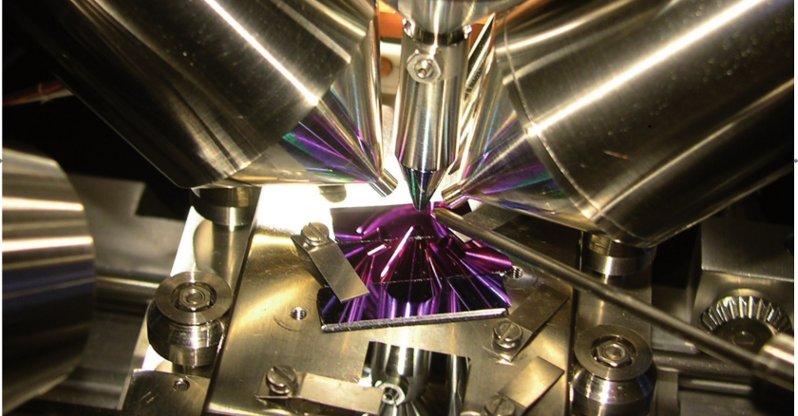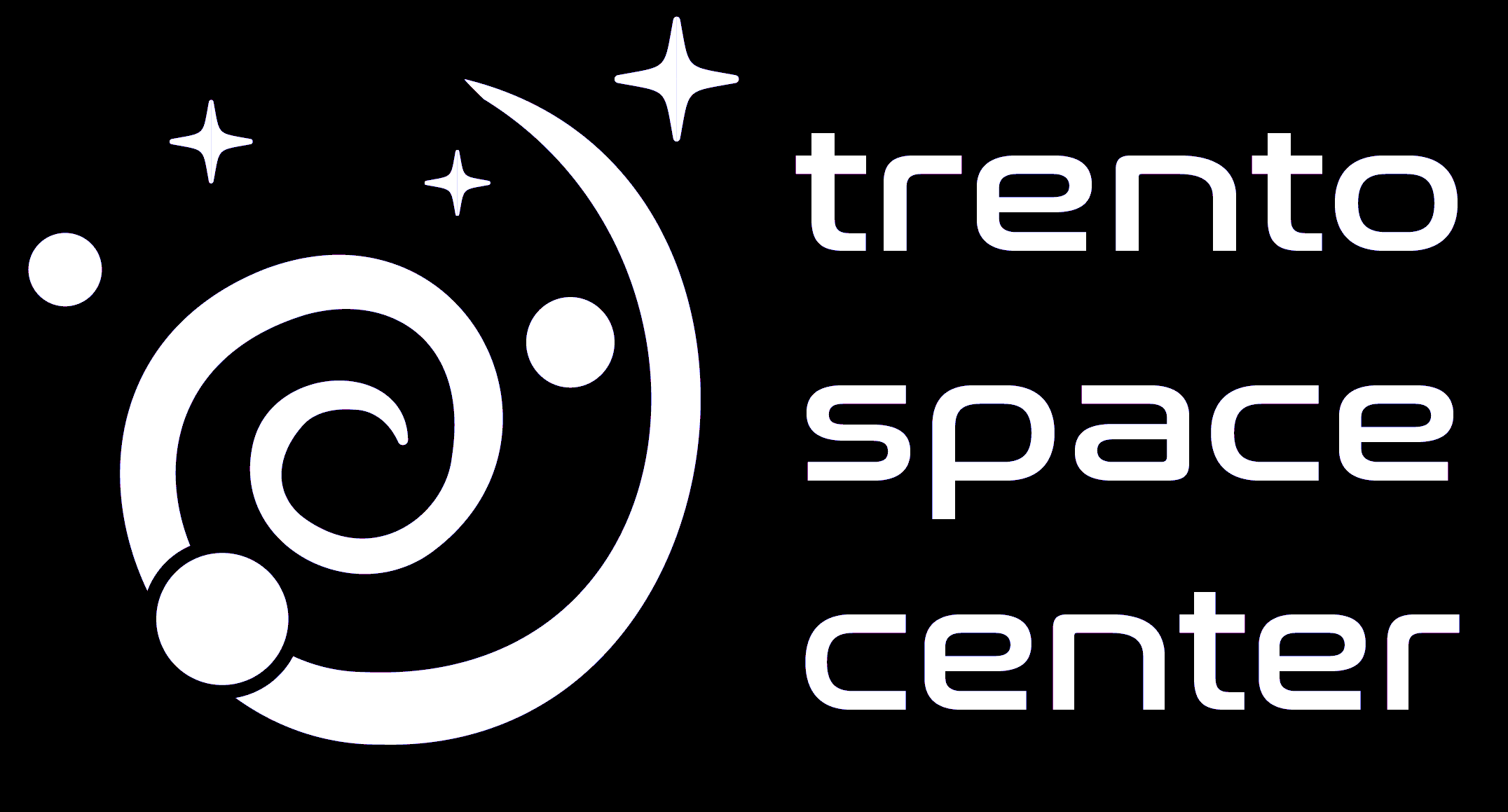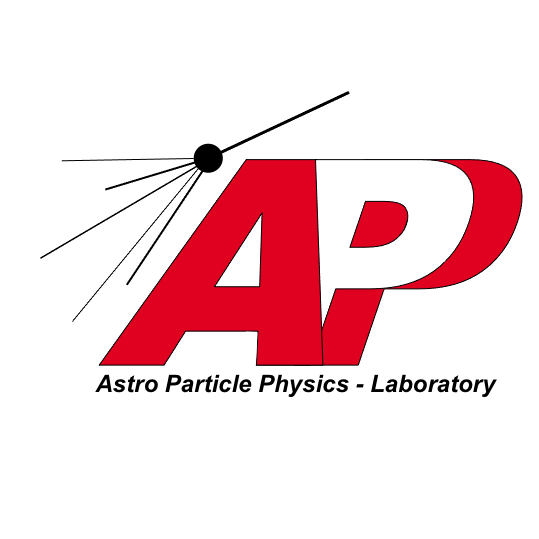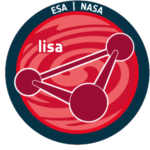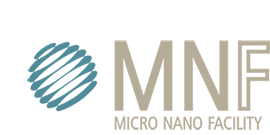Astro-Physics Particle group
The Astro Particle Physics (APP) group is born in the frame of Physics Department in University of Trento, and it is now composed by 5 professors, 4 researchers and 7 Ph.D. students: a group of scientists and engineers who work together, sharing expertise and ever increasing interests.
The team members design, build, operate and analyses data from several experiments in space, exploiting simulations, data mining, statistical methods and deep learning techniques.
There are strong competencies in hardware and software of various kind: from detector and monolithic sensors to DAQ and embedded system, gained thanks to an active participation on big international projects. Research in innovative fields is ongoing, such as superconductive magnets and laser ablation.
The group can also take advantage of some laboratories and a clean room, to combine theoretical work with practical implementation.
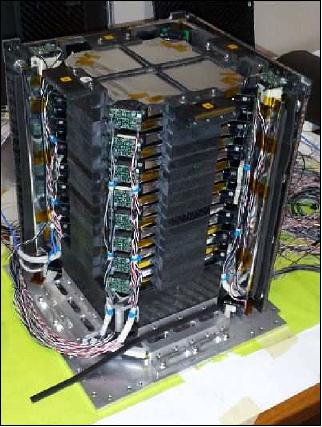
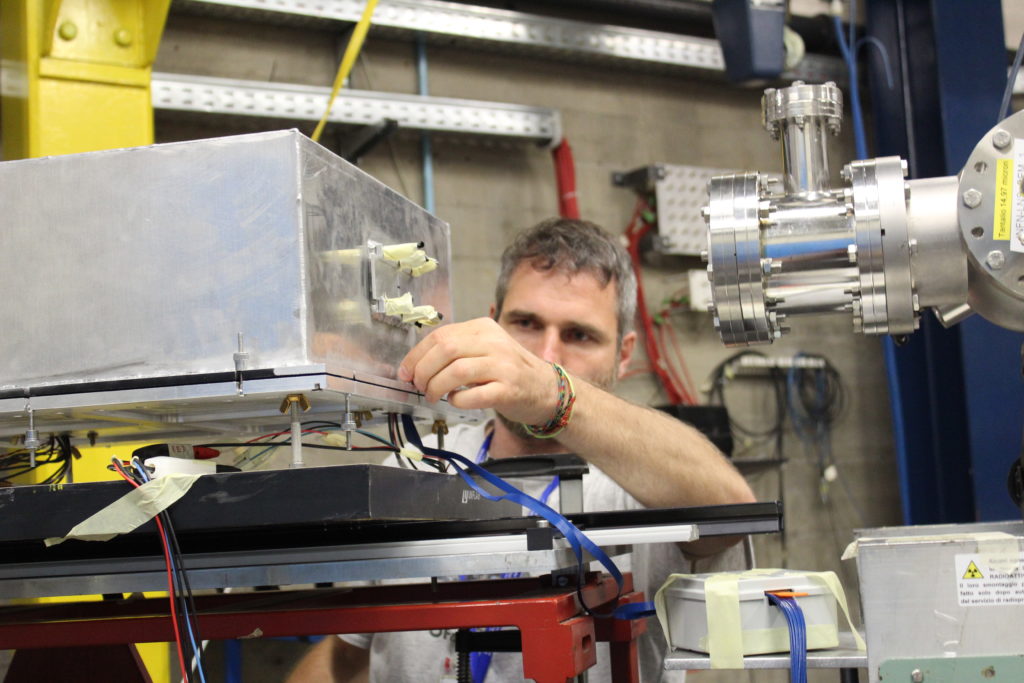
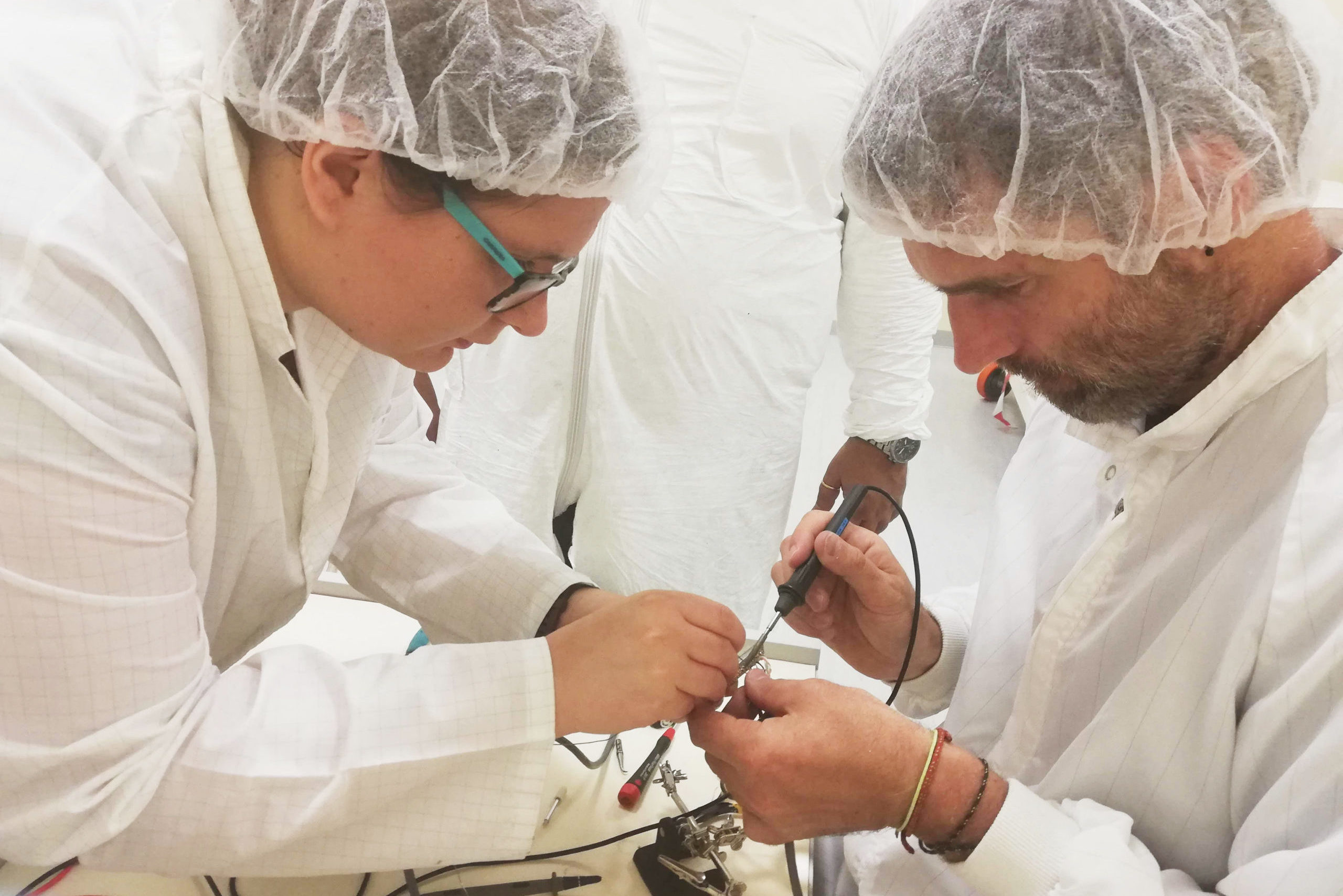
LISA group
LISA research group is involved in several aspect of LISA and LISA Pathfinder missions. LISA stands for Laser Interferometer Space Antenna.
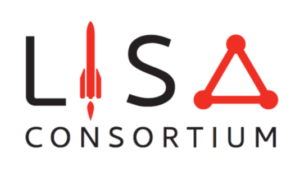
RS Lab group
The Remote Sensing Laboratory is deeply involved in the applications of the results obtained in the developed researches ti the real world domain. In particular, the members of RSLab have been involved in important national and international projects funded by different organizations, among the best known are ESA, NASA, ASI (Italian Space Agency), JPL (Jet Propulsion Laboratory).

Some of the most recent projects are listed below.
JUICE – RIMEIn the mission JUICE (Jupiter Icy moons Explorer), in particular the group contribute to the design, development and scientific exploitation of the Radar for Icy Moon Exploration (RIME). (ESA, NASA, ASI)
EnVision – SRSIn the mission EnVision, phase 0 and Phase A study for the Sub-Surface Radar Sounder (SRS) to be mounted on a spacecraft flying to Venus. (ESA, ASI)
MCAPEFA – Low-cost multispectral camera for Precision Farming ApplicationEU-funded project that will enable small farms to access digital technology by developing a low-cost multispectral camera that can be mounted on a drone, allowing several farms to be monitored during a single growing season.
H2020 ExtremeEarthIt concentrates on developing techniques and software that will enable the extraction of information and knowledge from big Copernicus data using deep learning techniques and extreme geospatial analytics. (European Commission)
FBK – DigiS RSDE unit
Remote Sensing for Digital Earth (RSDE) unit within the Digital Society (DigiS) center at Fondazione Bruno Kessler (FBK) develops advanced methods and systems for satellite-/air-borne remotely sensed image processing on Earth and othe rplantes. RSDE puts effort in strengthening the connection between technological and methodological developments, as well as in developing specific applications. Technologies and methodologies for data processing and pattern recognition are applied to specific problems of environmental control and management for the generation of novel services, and space exploration.
RSDE has know-how on image processing, remote sensing data analysis and their fusion with multi-source information for the definition of high semantic level, spatially distributed and georeferenced environmental variables with the possibility of a regular temporal update. in this context RSDE develops methodologis and systems baed on deep learnin and artificial intelligence.
RSDE is involved in the design of two radar sounder instruments: RIME-Radar for Icy Moon Exploration) for the ESA L1 mission JUICE-JUpiter ICy moons Explorer and SRS-Sub-surface Radar Sounder for the ESA M5 missione EnVision. RSDE provides image and signal processing skills for the design of methodologies for information extraction and target indeitification from sub-surface radargrams.
MNF
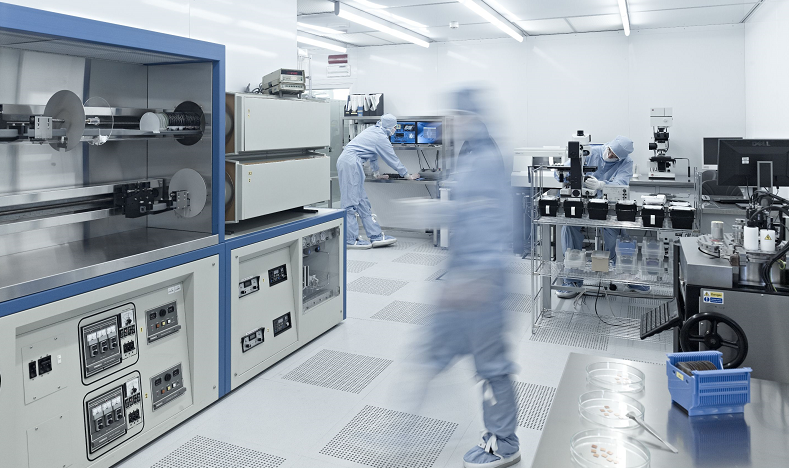
MNF, the Micro-Nano characterization and fabrication Facility of Fondazione Bruno Kessler, groups laboratories and competences of the Centre of Materials and Microsystems work in two main areas:
– MICROFABRICATION
The Microfabrication Area runs two cleanrooms: the Detector Cleanroom, dedicated to the development of radiation sensors, and the MEMS cleanroom, where micro devices and it is possible to develop micro devices and sensors for a wide range of applications. There are also a Testing area for the automatic and manual parametric testing and functional device testing a Packaging Cleanroom with tools for device bonding, integration and packaging.
– MATERIALS ANALYSIS
The Materials Characterization Area runs different laboratories for the physical/chemical analysis of materials, surfaces and interfaces.
In this scenario MNF team performs research and development of new processes, materials, analytical methodologies. They also provide service activities for external customers and partners, in both fields, material analysis and microfabrication.
